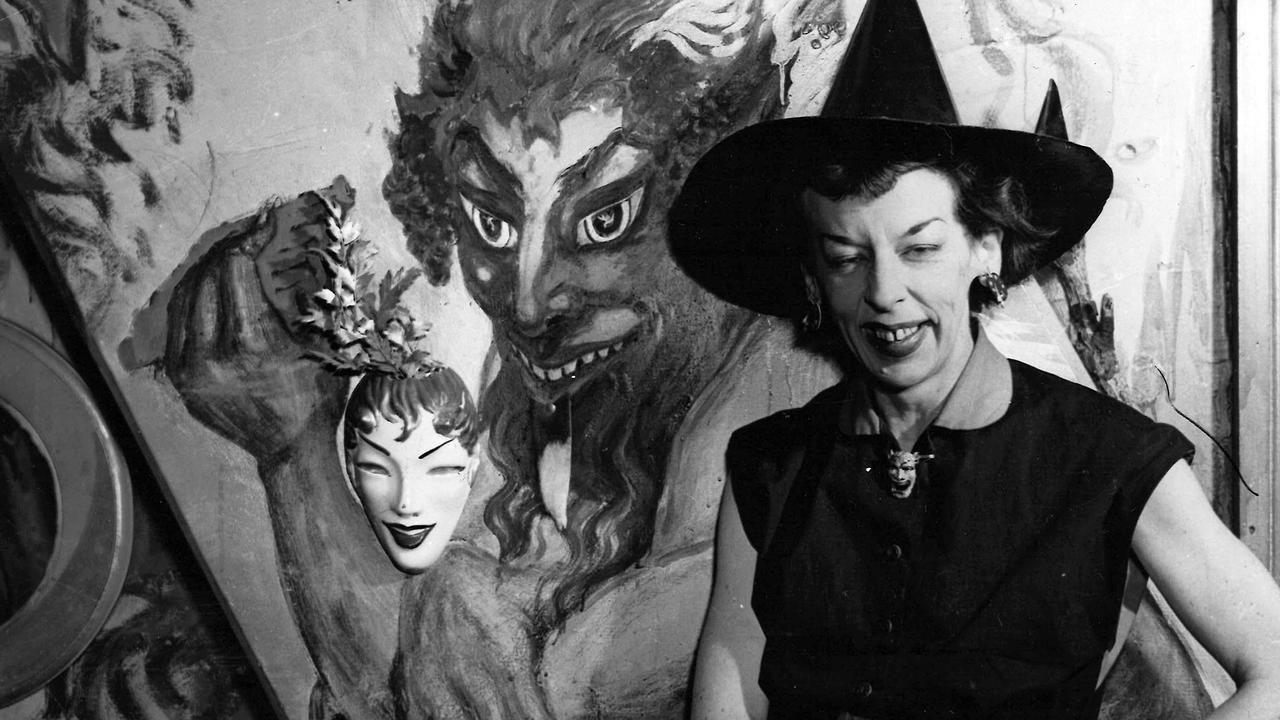Melbourne scientist’s stranding in Antarctica leads to epic adventure
When Australian adventurer Keith Jack was stranded in the Antarctic after his ship vanished, it would have been easy to quit. Instead, he achieved the unimaginable.

In Black and White
Don't miss out on the headlines from In Black and White. Followed categories will be added to My News.
KEITH Jack was a man who didn’t know the meaning of the word “quit”.
When he found himself stranded in the Antarctic after his ship vanished in a storm, he simply carried on with his work, unaware if he would ever see civilisation again.
The Melbourne scientist and adventurer is the subject of the 99th episode of the In Black and White podcast, out today, with reference librarian Andrew McConville from the State Library of Victoria:
Jack’s story of survival was part of the Heroic Age of Antarctic Exploration, when Ernest Shackleton, Robert Scott, Roald Amundsen and Douglas Mawson made their name.
Jack volunteered to join a party sent to Antarctica’s Ross Island to lay down food and supplies across the continent for Shackleton’s grandly titled Imperial Trans-Antarctic Expedition.

After he was beaten by Amundsen to be first to the South Pole, Shackleton had set his sights on being first to cross the entire Antarctic continent instead.
But unbeknown to Jack’s Ross Sea party, Shackleton’s ship Endurance – on the opposite side of Antarctica – was trapped and later crushed by ice.


Shackleton’s men abandoned ship and camped on the drifting Antarctic ice for months.
Then disaster struck also for Jack’s party, who were based in a hut on Ross Island in the Ross Sea, south of New Zealand, with their ship secured 40m offshore.
The Ross Sea party had been given the dangerous task of laying down food and supplies at prearranged sites 700km towards the South Pole, for Shackleton’s use on his home stretch.



But Mr McConville says in May 1915 the Ross Sea party’s ship, Aurora, vanished in a savage storm, dragged away by ice with its crew and much of the party’s food and supplies on-board.
The 10 men found themselves marooned in the Antarctic with no way of getting home.
Yet they pressed ahead with epic treks across Antarctica to lay down food and supplies for Shackleton – completely unaware the original expedition had been abandoned.


“They had expectations … they’d see Shackleton coming across the horizon, and they felt if they didn’t complete the sledging duties that had been set out before they left, that Shackleton and his men would die,” Mr McConville says.
The men survived by eating seal meat and penguin eggs, using seal blubber as fuel for fires.
In what must have seemed like a miracle to the seven survivors, 20 months after Aurora vanished, the ship reappeared – with Shackleton and a rescue party aboard.
Even on the day of the rescue, Jack didn’t quit.

“When the ship arrived … all the men loaded a sledge and went out as far as they could towards the ship to get as close as they could – except Keith Jack, who went up to the little scientific hut they had and was taking his recordings for that day,” Andrew says.
Listen to the interview about Keith Jack with Andrew McConville from State Library Victoria in the In Black and White podcast on iTunes, Spotify or web.
See In Black & White in the Herald Sun newspaper Monday to Friday for more stories and photos from Victoria’s past.


